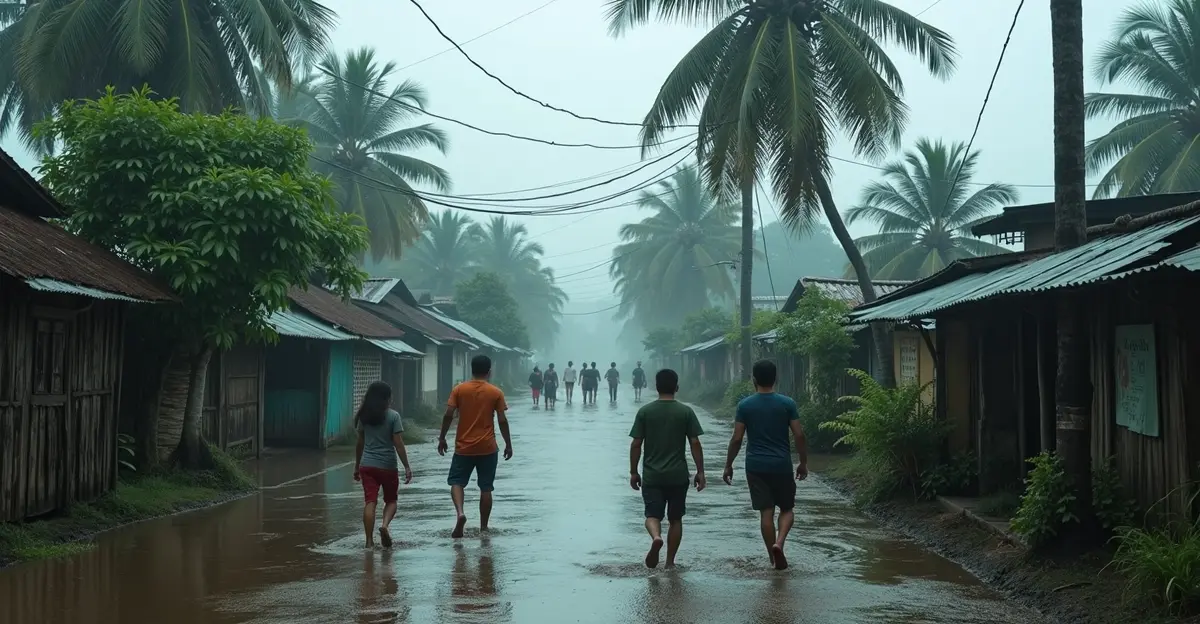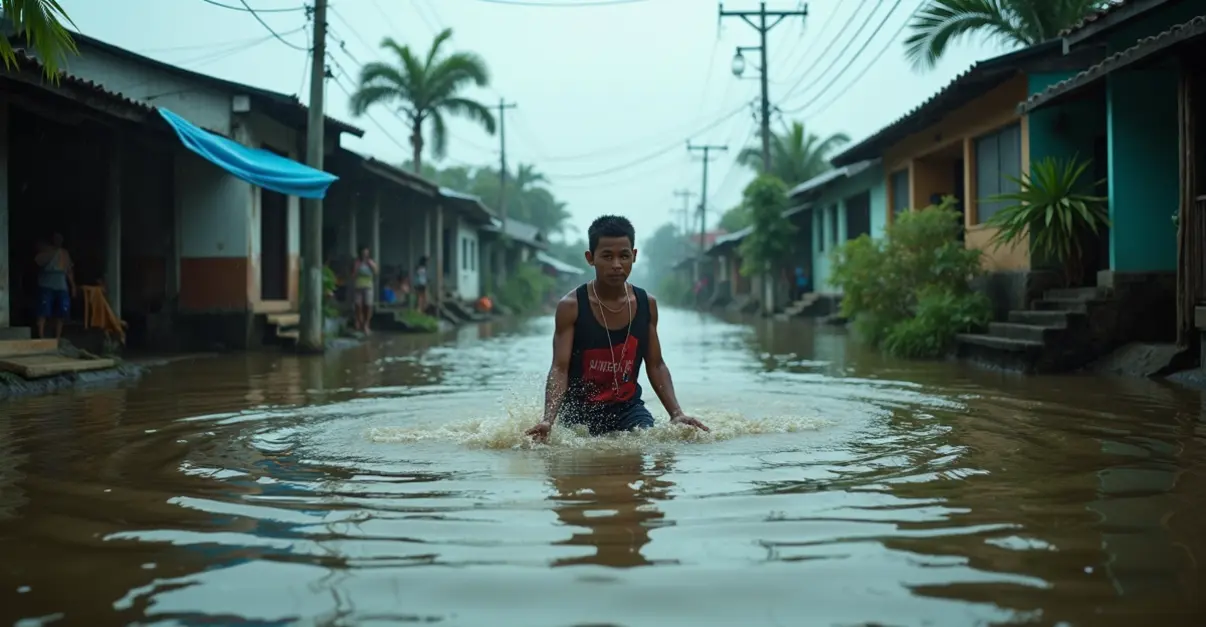Philippines evacuates over 100,000 people as Super Typhoon Fung-wong approaches with 185 km/h winds, just days after previous typhoon killed 200. Highest alert level raised, flights cancelled nationwide.

Mass Evacuations as Super Typhoon Threatens Philippines
The Philippines is facing another devastating weather crisis as Super Typhoon Fung-wong, locally known as Uwan, approaches the archipelago nation. Just days after Typhoon Kalmaegi claimed over 200 lives, authorities have evacuated more than 100,000 residents from vulnerable coastal and low-lying areas in preparation for what meteorologists are calling a 'super typhoon.'
Rapid Intensification and Landfall
Fung-wong underwent rapid intensification on Sunday morning, November 9, 2025, with sustained winds reaching 185 kilometers per hour and gusts up to 230 km/h. The storm made direct landfall in Catanduanes island at 4:17 am local time, with its eyewall hitting the eastern provinces. 'This is a life-threatening situation for Catanduanes and surrounding areas,' warned a spokesperson from the Philippine Atmospheric, Geophysical and Astronomical Services Administration (PAGASA).
The typhoon is expected to maintain its strength as it moves across Luzon, with landfall projected in Aurora province later Sunday evening. PAGASA has raised the highest storm alert, Tropical Cyclone Wind Signal No. 5, over southeastern Luzon, including Catanduanes and coastal areas of Camarines Norte and Camarines Sur.
Emergency Response and Preparations
Defense Secretary Gilberto Teodoro has urged complete compliance with evacuation orders, stating that 'refusal to evacuate is dangerous and unlawful.' The military has redirected 2,000 troops to focus exclusively on disaster response operations, while emergency shelters have been established across affected regions.
More than 300 domestic and international flights have been cancelled, and widespread power outages are already affecting parts of Eastern Visayas. Five major dams in Luzon have begun controlled water releases as a precautionary measure against potential flooding.
Context of Previous Disaster
This emergency comes just days after Typhoon Kalmaegi devastated the Philippines, killing 204 people and leaving hundreds more missing. The previous storm caused massive flooding and infrastructure damage, particularly in coastal communities. President Ferdinand Marcos Jr. declared a nationwide state of emergency to facilitate faster deployment of emergency funds and prevent hoarding of relief goods.
The Institute of Volcanology and Seismology has also warned that heavy rainfall from Fung-wong could trigger volcanic mudflows around Mayon Volcano, adding another layer of risk to the already dangerous situation.
Regional Impact and Climate Context
Fung-wong represents the 21st storm to enter the Philippine Area of Responsibility in 2025, highlighting the increasing frequency and intensity of tropical cyclones in the region. Climate scientists have noted that warming ocean temperatures are contributing to more rapid intensification of storms, making forecasting and emergency response increasingly challenging.
As residents brace for the worst, emergency services remain on high alert, with rescue teams positioned throughout vulnerable areas. The international community is monitoring the situation closely, with neighboring countries preparing to offer assistance if needed.

 Nederlands
Nederlands
 English
English









